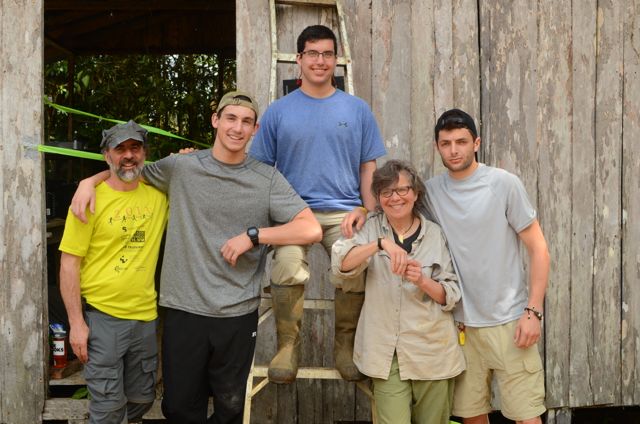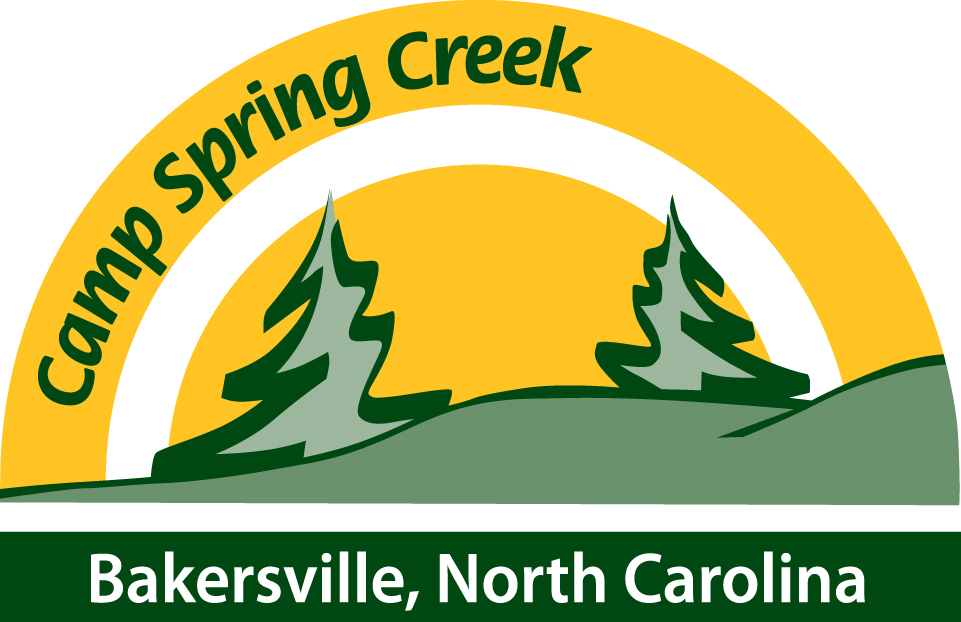 Today’s interview is with inspiring individual Wendy Welshans. Wendy has been a teacher at the Forman School for students with dyslexia and learning differences for 22 years. She is the director of the Outdoor Leadership Program and the Rain Forest Project. She teaches biology, anatomy and physiology, and the Tropical Ecology Seminar. Wendy is head of the Forman Boat Works, Forman's own wooden boat building program. She coaches the whitewater slalom team and leads weekend backpacking trips. The highlight of many students’ experience is the scientific research expedition to Costa Rica that Wendy leads each year. Wendy is also a Registered Maine Guide and a Wilderness First Responder. She and her daughter, Jorie, live in an alternative energy home in Sharon with their dog, Max, and 18 chickens.
Today’s interview is with inspiring individual Wendy Welshans. Wendy has been a teacher at the Forman School for students with dyslexia and learning differences for 22 years. She is the director of the Outdoor Leadership Program and the Rain Forest Project. She teaches biology, anatomy and physiology, and the Tropical Ecology Seminar. Wendy is head of the Forman Boat Works, Forman's own wooden boat building program. She coaches the whitewater slalom team and leads weekend backpacking trips. The highlight of many students’ experience is the scientific research expedition to Costa Rica that Wendy leads each year. Wendy is also a Registered Maine Guide and a Wilderness First Responder. She and her daughter, Jorie, live in an alternative energy home in Sharon with their dog, Max, and 18 chickens.
Camp Spring Creek: From what I understand, The Rainforest Project that you founded at Forman School is open to students from area Connecticut public high schools as well as Forman School students. How do you find this blending aspect of the program and in what ways do the students surprise themselves when they work with others of different backgrounds, strengths, and weaknesses?
Wendy Welshans: That’s an interesting question. Many times it is the public school kids who learn and change attitudes—they have a completely different view of learning differences than is the reality. Many times you hear them say things like, “You guys are so smart” or “You’re so creative” or “How did you come up with that idea?” For our Forman students with learning differences, sometimes they feel inadequate initially, then after they get to know the public school kids they see how they themselves shine and how everyone’s strengths help the team.
CSC: At the end of the day, when all the testing, measuring, tagging, sorting, and hypothesizing are done, even the most gifted, fortunate, or enthusiastic science student needs to be able to articulate his or her findings in writing so that others can understand. Likewise, truly innovative research offers something new, implying that students must be well-read in their particular area of research in order to come up with a new finding. Do you encounter resistance to in-depth reading and writing from your students and, if so, how do you approach this?
WW: Good question. Because the students pick one of our 4 or 5 research projects to focus on, there is a sense of ownership from the beginning. It also helps that, for the most part each year’s Rainforest Project team is chosen by the previous team, as people that could take their research to the next level and start where they left off. Students on the team feel that sense of ownership and want to have that, too. We try and pair them in research teams where everyone has a certain affinity. Say Jon doesn’t like to write and Sam loves to write, but doesn’t like to read. They know that the key to scientific breakthroughs is knowing when you are witnessing one, and you can’t witness one if you don’t have background knowledge on your species.
CSC: Among many other accomplishments, The Rainforest Project and its working, learning, students and staff members have earned two patents. One is shown in Journey Into Dyslexia: the extraction method you use to extract spider silk from the Golden Orb Weaver for commercial use. How did you take your students through the patent process and, in particular for those students struggling with writing or reading, how did you find their experiences of these final steps?
WW: So…getting our patents on spider silk is quite a story unto itself. These webs are strong! In the mid 1990’s, we would play with these spiders after coming back to base camp from hiking to where we were collecting specimens. We would feed them in their webs and have contests between spiders on the speed it took them to capture their prey.
The more we read about the spider in the field, the more curious we became as to why the webs were so strong. We made funnel traps which were 4’ high to capture the insects drawn into the area of the web. This was to see if particular insects were giving the spiders the ability to produce strong silk. One day, a student of mine was holding one of these golden orb weavers and said, “Look!” As he let the spider fall, he spun a Coke bottle to collect the silk. It seemed to never run out of that silk. Since then, each year we would try and collect it in a more efficient manner. Because this method had not been tried in the field before, the patents were applied for as a protection for the people and the species not to be exploited. We obviously knew this could and will go somewhere.
The students and I wrote our scientific methodology for our extraction technique and a few years later another group of students and I wrote up the methodology of the spider farms. For the students, doing the illustrations or labeling the illustrations was just as much a gas as seeing our science paper turned into legalese!
The motivation for what is legit rivals most. Our kids want their creative juices to flow and for a reason. Seeing their names published or, better yet, hearing a professor ask their opinions on a subject they have immersed themselves in is quite a motivator. For some, it is the first expert advice they have ever given. The students like that feeling of knowing and understand that they have earned that knowing through their prior research. The hope is, they take that feeling, that success, to college with them and they immerse themselves into each class as they did studying spider silk at Forman. They have seen where immersion can go.
CSC: What was your own path of discovery like with dyslexia? How did you feel at first, where had you struggled most, and—following diagnosis—where did you find the most relief?
WW: I knew I was a little different from my friends, who walked through the academics like eating a bowl of cereal…effortless. I struggled with reading and writing and sitting in one place. I was diagnosed with ADHD when I was 12; after college, my testing showed dyslexia. My parents were very supportive and gave me a vast array of projects on our property. I have had a creative, scientific mind since the age of 3. My folks were so disappointed when I failed Biology and struggled with Ecology, which seemed to be what I had a propensity for. My teachers, though supportive at public school, had no faith in my ability to go to college, especially SUNY College of Environmental Science and Forestry at Syracuse University. I attended Erie Community College and took every science course they had to offer. It was very hands-on and challenging. I received an Associate Degree in Applied Sciences and the Science Award at graduation and I matriculated to SUNY-ESF at Syracuse. I found college to be amazing because I was immersed in heavy science curriculum that was hands-on and rigorous.
Always, my relief or maybe my break from my LD has been building things, usually out of wood. Usually, I build something out of my head. When I was a child, it was small boats or game boards. Now, it is not much different. I teach wooden boatbuilding at Forman and am immersed in the Rainforest Project and in the species of that tropical forest just as I was as a child in our forest at home. I have always lost myself in the forest, exploring with a backpack of field guides.
